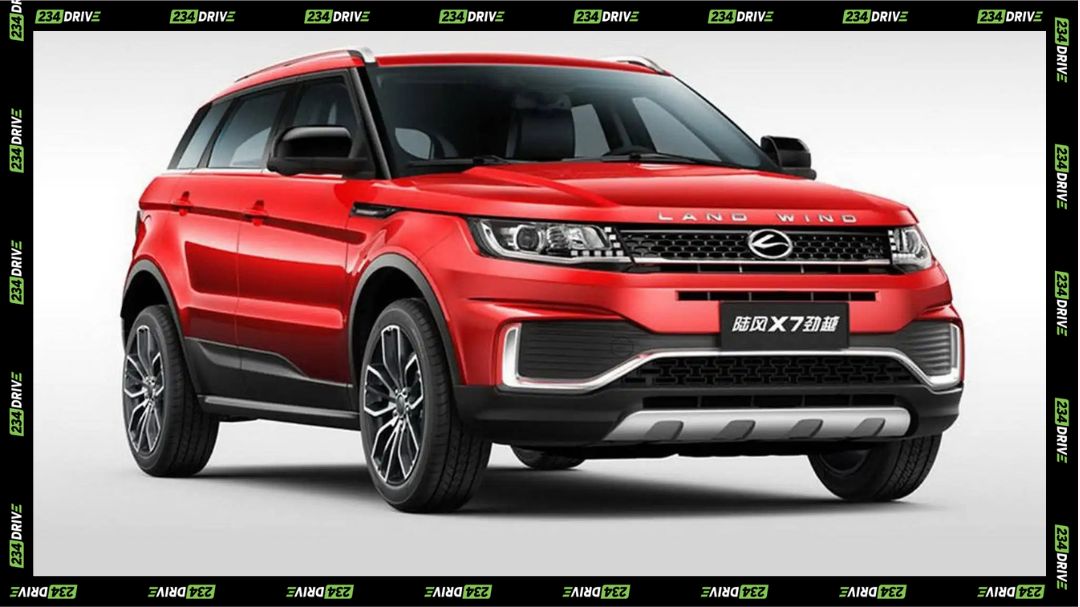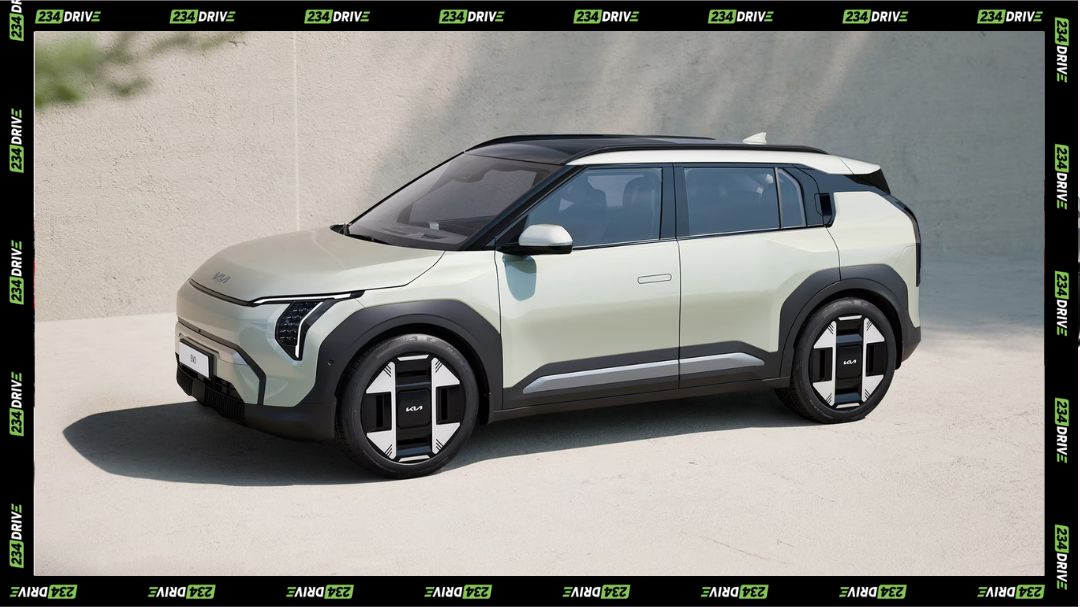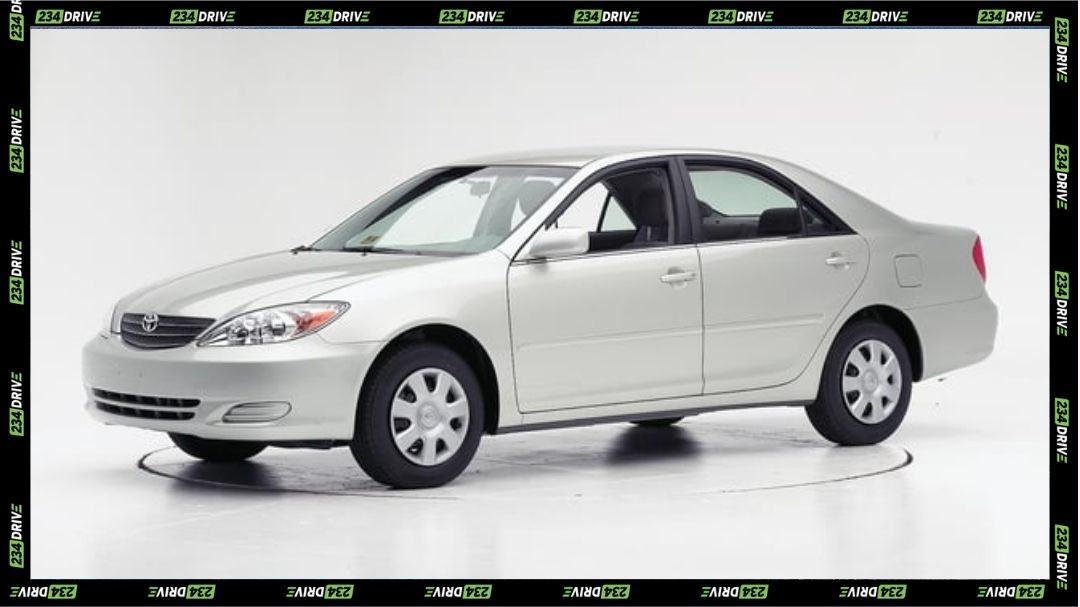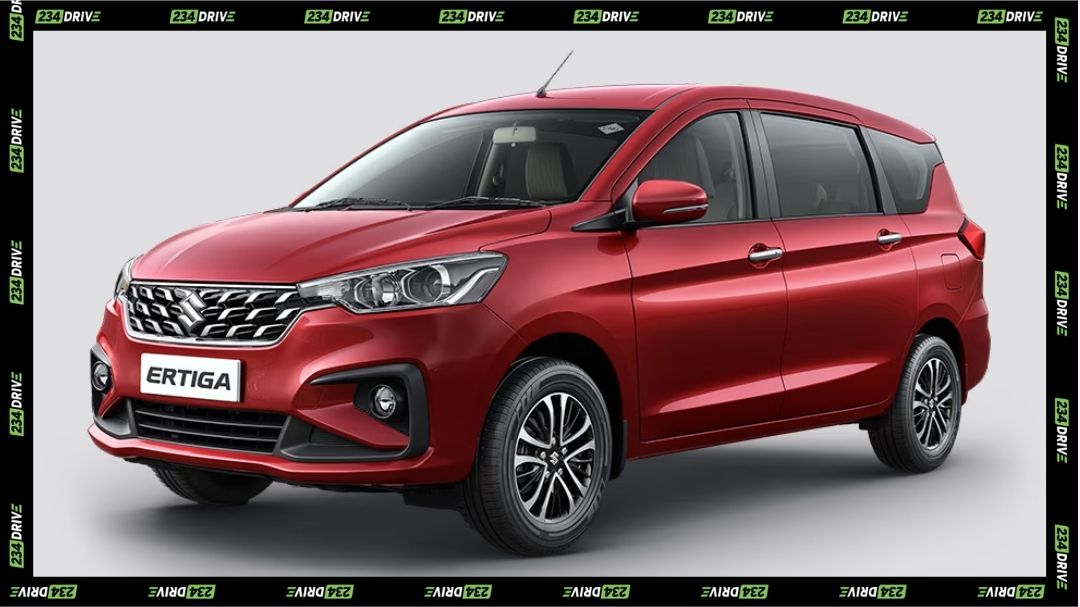The Kia Picanto has earned its reputation as a dependable compact car for Nigerian drivers seeking efficiency, practicality, and affordability. The latest 2024 facelift, often branded as the 2025 model in select regions, builds on this legacy with sharper design cues, advanced in-car technology, and improved fuel economy. Its compact footprint and low running costs make it ideal for congested city driving, while its modest power output means it’s better suited for urban commutes than long highway journeys.
In a market where affordability and reliability matter most, the Kia Picanto stands out. With prices for new units ranging between ₦19–26 million and foreign-used (Tokunbo) models selling for ₦6–12 million, the Picanto offers a practical entry point into car ownership. Its small size, good fuel economy of about 50–60 mpg, and wide availability of parts make it appealing to first-time buyers and commuters in cities like Lagos, Abuja, and Port Harcourt.
Exterior Design and Road Presence
The 2024 Kia Picanto’s design reflects Kia’s current global aesthetic—bold, modern, and compact. The facelift introduced hammerhead-style LED headlights and a reworked front grille, giving the car a premium look uncommon in its segment. Despite its small size, the Picanto carries a confident road presence, with smooth character lines and a sculpted rear that features LED tail lights connected by a slim light bar. The overall effect is a clean, youthful appearance that resonates well with younger buyers and city professionals.
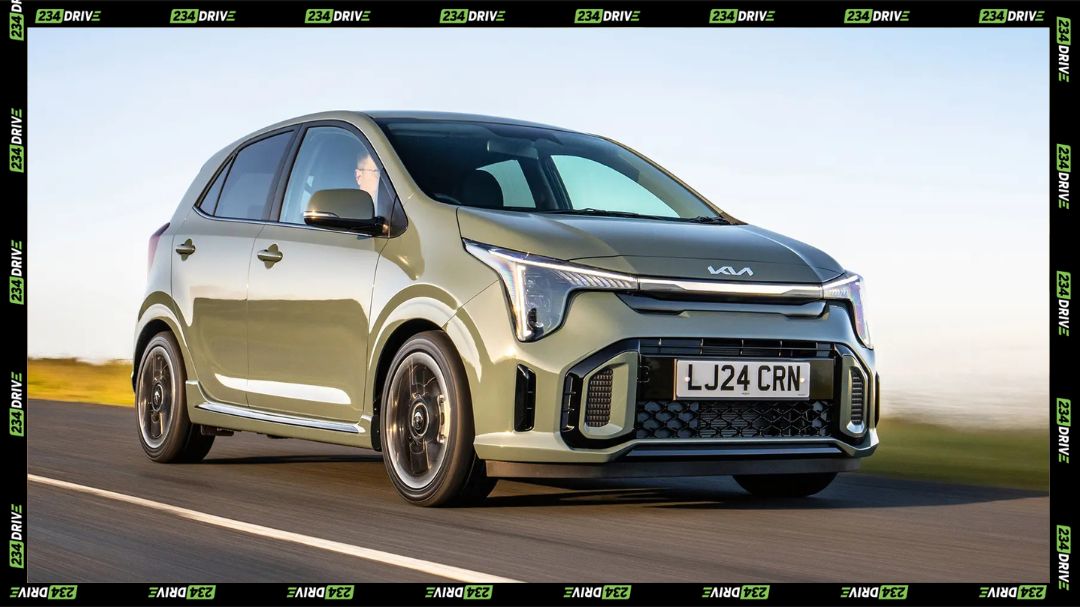
Its 14-inch or optional 16-inch alloy wheels enhance the sporty stance, while the short overhangs and tight proportions improve agility on narrow urban streets. The 2024 model’s refined aerodynamics help with fuel efficiency, and the low ride height provides a balanced centre of gravity, improving handling. For drivers navigating tight spaces, the Picanto’s compact body (3.6m length) and 4.7m turning radius make it exceptionally manoeuvrable in busy areas.
Interior Comfort and Driving Experience
Inside, the Picanto offers an impressive level of comfort and technology for a small car. The dashboard layout is simple but functional, dominated by an 8-inch touchscreen infotainment system that supports Apple CarPlay, Android Auto, and Bluetooth connectivity. The seats are well-padded and provide good support for daily commuting. Higher trims such as the GT-Line S include premium additions like heated seats, a heated steering wheel, and wireless phone charging—rare luxuries for a compact city car.
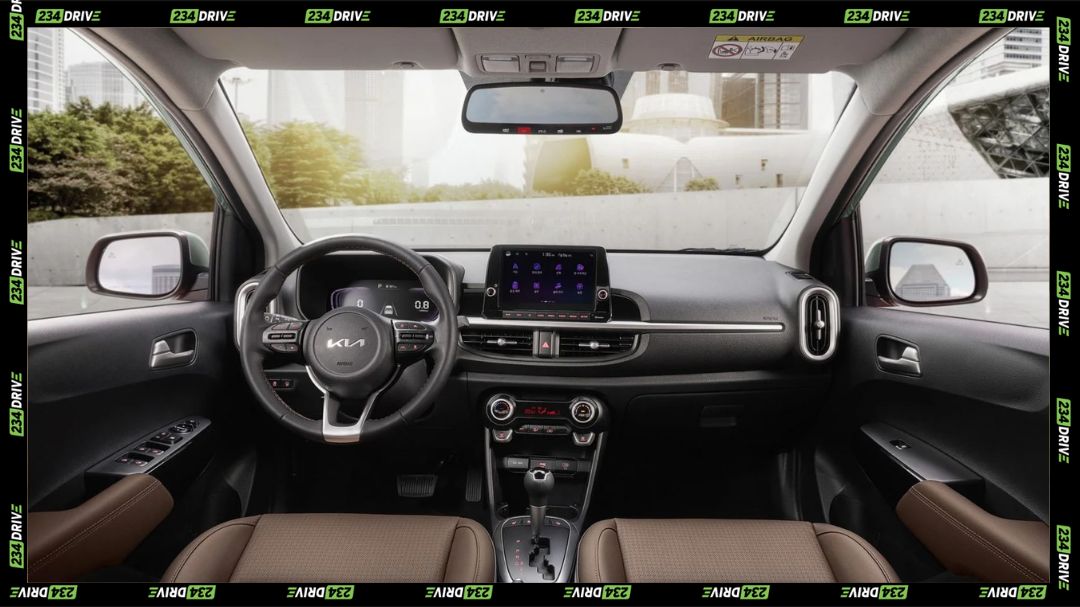
Engine options include a 1.0-litre three-cylinder (62 hp) and a 1.2-litre four-cylinder (77 hp) petrol engine. Both engines are paired with either a five-speed manual or an automated manual transmission. While acceleration is modest—taking between 13 and 18 seconds to hit 100 km/h—fuel economy is excellent. Real-world figures often exceed 50 mpg, which translates to low fuel expenses for urban commuters. Handling is light and responsive, ideal for city driving, though the suspension feels firm over potholes, a notable point on Nigerian roads.
Pricing Overview in Nigeria
In Nigeria, car prices depend heavily on import duties, condition, and mileage. The 2024 Kia Picanto sells for between ₦19 million and ₦26 million for new imports, while used foreign models (2020–2024) average between ₦6 million and ₦12 million. Locally used versions are slightly cheaper. Newer models (2023–2024) often feature upgraded safety systems and infotainment, while older versions (2020–2022) remain solid choices for buyers on tighter budgets.
• 2024 Model: New price ranges from ₦19 million to ₦26 million, while used units go for about ₦7.5 million to ₦12 million. This latest facelift comes fully imported with duties paid.
• 2023 Model: No new units are widely available, but used models cost between ₦6 million and ₦10 million. Known for its pre-facelift reliability and solid performance.
• 2022 Model: Prices for used cars range between ₦6 million and ₦9 million. Offers similar features to newer versions but has slightly lower resale value.
• 2021 Model: Commonly priced between ₦5.5 million and ₦8.5 million for used options. Features the post-2020 facelift with reliable urban driving qualities.
• 2020 Model: Used versions typically sell for ₦5 million to ₦8 million. This was the first facelift and offers excellent value for budget-conscious buyers.
Relevance in the Nigerian Market
Nigeria’s road network demands cars that balance durability with efficiency. The Kia Picanto fits well into this environment. Its compact size allows easy navigation through traffic-dense urban centres like Lagos and Ibadan, while the small engine ensures excellent fuel savings amid fluctuating petrol prices. Maintenance costs are low, and spare parts are readily available through both authorised Kia dealers and local markets.
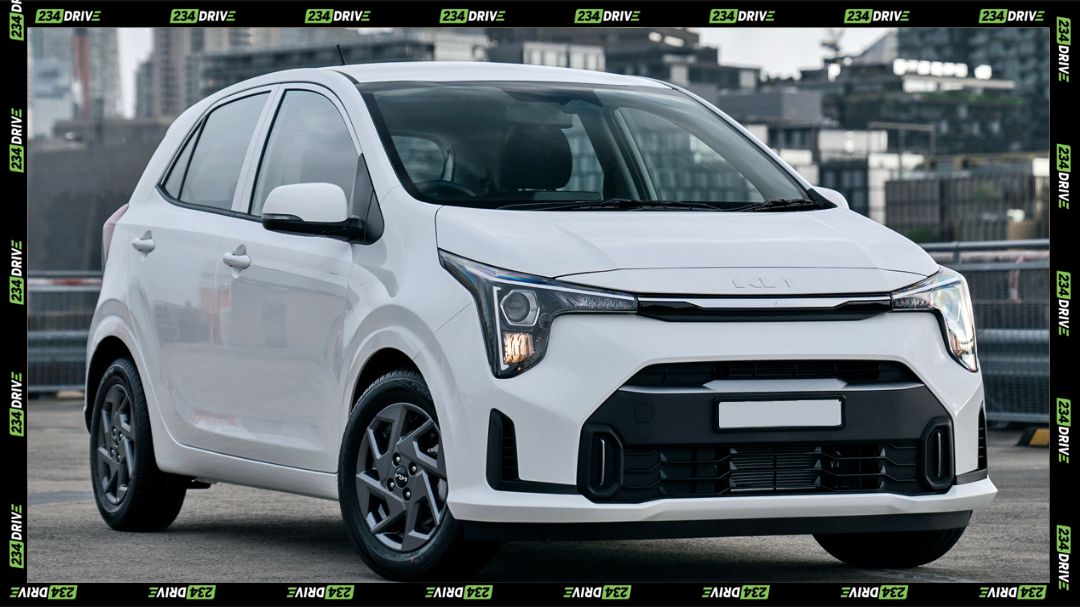
The car’s firm suspension can feel stiff on rough roads, but it withstands Nigeria’s diverse terrain better than expected for its class. Its light weight means lower wear on tyres and brakes, reducing maintenance frequency. Air conditioning efficiency is decent in hot climates, though older used models sometimes experience minor AC issues. For daily commuting, university runs, and light business use, the Picanto is practical and reliable.
How it Stacks Up Against Rivals
When compared to its main competitors, the Hyundai i10, Toyota Aygo X, and Dacia Sandero, the Kia Picanto sits comfortably in the middle in terms of price and performance. The Hyundai i10, built on the same platform, offers slightly better ride comfort and refinement but at a higher cost. The Toyota Aygo X brings a more distinctive SUV-like design but has less interior space and a smaller boot. The Dacia Sandero offers more room but less premium technology and weaker brand presence in Nigeria.
In resale value and durability, the Picanto performs well, especially for newer models (2020 onward). Kia’s seven-year/100,000-mile warranty, even when adjusted for the Nigerian market, builds confidence among buyers. Maintenance costs are lower than most rivals, and its simpler engine design reduces repair complexity. The Hyundai i10 offers slightly stronger resale due to brand familiarity, but the Kia Picanto’s rising reputation has closed the gap significantly in recent years.
Ownership Experience and Practical Considerations
Owning a Kia Picanto in Nigeria means benefiting from a mix of practicality, affordability, and efficiency. It’s particularly suited for first-time car owners, small families, and young professionals who value low running costs over high performance. In Lagos, where traffic congestion is a daily reality, the Picanto’s small dimensions make parking and manoeuvring easy. Its strong fuel economy helps drivers save money amid rising petrol costs.
Spare parts availability and service options are another advantage. Kia Nigeria maintains service centres in major cities, and independent mechanics are familiar with the car’s straightforward mechanical setup. Insurance premiums are also relatively low due to its affordable pricing and simple repair costs. While it may not handle rough terrain or long-distance trips as comfortably as larger sedans or SUVs, it excels as an everyday city companion.
Conclusion
The 2024 Kia Picanto continues to deliver exceptional value in Nigeria’s compact car segment. Its refreshed design, efficient engines, and user-friendly features make it an attractive choice for drivers prioritising practicality and cost savings. Despite its small engine, the car offers reliability and low ownership costs unmatched by most rivals. For buyers in cities across Nigeria seeking a durable, efficient, and modern small car, the Picanto remains a strong contender.
What do you think of the new Kia Picanto? Share your thoughts and experiences with us in the comments below.


